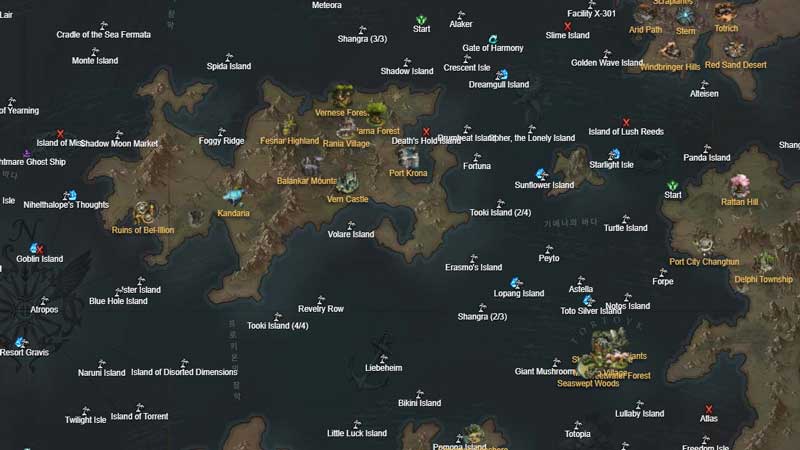

It’s generally best to avoid the swamp unless you absolutely must visit, however, and a flying mount (or the speedy swimmer Sarcosuchus) will enable you to bypass the area with ease.ĭotted all around the island, you’ll find forests and jungle-like terrain. It’s not all horror though - you’ll also find the frog-like Beelzebufo here, along with rare mushrooms and flowers. Its waterways are clogged with thick foliage that makes ground-level navigation tricky and conceals a host of deadly wildlife - including prehistoric crocodiles, insects and massive boa constrictors. rex, river-loving Spinosaur and alpha predator - all of which can do serious damage.ĭense, foggy swampland cuts across the lower third of the island, running from east to west. It’s rich in basic resources, and makes a good place to lay your hat in the early stages of the game - although you can still expect to find piranhas in the water and predators on the prowl! Thankfully, most wildlife here (even the aggressive kind) doesn’t pose much of a threat, but be ready to encounter the occasional T.
LOST ARK ISLAND GUIDE FULL
BiomesĪcross much of the south, you’ll find flat, verdant grass, full of snaking rivers, rolling hills and ample woodland. Likewise, there’s no guarantee that aggressive tribes won’t patrol the south when playing PvP. That said, wildlife can wander - so, while the south is predominantly home to herbivores and weaker predators, don’t be surprised if you stumble across a super-charged alpha T-Rex once in a while. Terrain is easier to navigate down south, the climate is less extreme and creatures tend to be smaller and less aggressive. Generally speaking, the further north you travel in ARK, the more treacherous the environment becomes - making the island’s southern half far more suitable for beginners. Here, then, are some of the island’s most noteworthy features. While nothing trumps thorough exploration when it comes to understanding the environment, it’s still handy to have a rough idea of ARK’s topography before taking your first steps. Do this and you can study your map up close or check your coordinates while on the move - a real time saver!

Here’s a handy tip if you want to look at your map or GPS while steering a mount or vehicle: although the camera defaults to third-person when riding a creature or raft, it’s possible to switch to first-person by flicking your mouse wheel. These marking are inexact, though - and are obviously next to useless if you manage to get lost. If you need to find your way toward a specific coordinate before then, however, you’ll need to rely on the longitude and latitude markings etched around your map. The precise coordinates of your current location can be acquired by crafting a GPS later in the game. You’ll soon notice that many established ARK players use coordinates to direct each other to points of interest (such as a high level wild creature) around the island. Acquiring one should definitely be high on your to-do list. In terms of travel, the unassuming, flying Pteranodon is one of the most valuable creatures in the game - and, better still, one of the easier creatures to tame. Eventually, however, you’ll be able to tame and ride creatures across the land, navigate the waterways and oceans with rafts and aquatic beasts and even take to the air on birds and flying creatures.

Early on, of course, you’ll largely be restricted to moving on-foot, severely limiting the distance you can travel. Unsurprisingly, the more you explore your surroundings, the greater your chances of survival.

Additionally, these towering sci-fi edifices make convenient rendezvous points. You can see two Obelisks from almost anywhere on the island as such, if you get lost, use them to triangulate your position. Obelisks are tied to ARK’s late game content, but early on (when your map is useless and a compass is but a dream) they provide a crucial navigational aid. You’ll find the green obelisk near the coast to the east, the red obelisk near the coast to the west and the blue obelisk to the north. The easiest way to orientate yourself on the island is to use the three large obelisks that loom high above the landscape. As such, you’ll find it pretty useless early on in the game, and will need to rely on some additional navigational tricks if you’re to get around safely. Don’t get too excited, however - your map starts off blank, and only gains detail as you thoroughly explore your surroundings. When you first spawn on the island, you’ll automatically be given a map. For more Ark Survival Evolved advice, check out our beginner's tips, resource, recipe, and crafting guide, base building guide, and Ark taming guide.


 0 kommentar(er)
0 kommentar(er)
